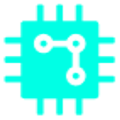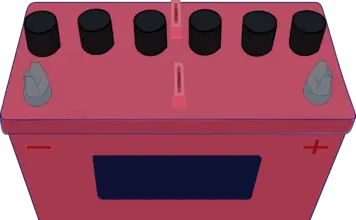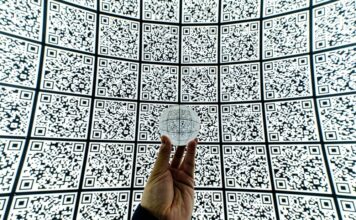The term 4K is the digital image format used for screens reaching a resolution of 3,840 pixels or more. The 4K image format is also called Ultra High Definition or UHD format.
Table of Contents
What is 4K resolution?
The term K comes from the word Kilo and simply means “thousand”; 4K therefore means 4,000. This abbreviation refers to the number of pixels in a row of your television. On the other hand, a pixel is a color point.
So, for 4K resolution, we’ll be talking about 3,840 pixels per line, or color point, over 2,160 lines. This image definition is therefore about 4 times larger than an HD definition of 1,080 x 768.
Originally the term 4K was used only in digital cinema and consisted of a resolution of 4,096 pixels wide. However, the term is gradually being used very widely by many television and computer manufacturers offering the equivalent of roughly 4000 pixels per line.

How did the adventure of 4K begin?
There is a company behind 4K called Digital Cinema Initiatives. This company developed a 4K with a resolution of 4096 x 2160, or 8.8 million pixels, thus creating the first definition of 4K based on another resolution called DCI 2K. However, 4K was not limited to the world of cinema and very quickly became universal.
Thus, the use of 4K gradually became public, and manufacturer Panasonic launched the first 152-inch 4K television in September 2010. The first 4K televisions were born after this date. Movies and videos are now watchable using the famous Blu-Ray player.
Since the same year, the YouTube and Vimeo websites have also offered viewing 4K videos with resolutions of up to 4096 x 3072 or 12.6 megapixels. In 2011, the first support equipment for 4K was made available to the public, such as new dual-link DVI connectors and HDMI 1.4 cables. In addition, the first 4K video projectors developed by Sony entered this race.





